1. How to Unclog a Kitchen Sink Drain
If you've noticed water pooling in your kitchen sink or a foul odor emanating from the drain, it's likely that your kitchen sink drain is clogged. This can be a frustrating and inconvenient problem, but luckily, there are several methods you can try to unclog your drain and get things flowing smoothly again.
2. DIY Methods for Unclogging a Kitchen Sink Drain
Before calling a professional plumber, you may want to try some DIY methods for unclogging your kitchen sink drain. One popular method is using a mixture of baking soda and vinegar. Simply pour about a cup of baking soda down the drain, followed by a cup of vinegar. Let the mixture sit for about 15 minutes before flushing it with hot water.
3. Common Causes of a Clogged Kitchen Sink Drain
Understanding the common causes of a clogged kitchen sink drain can help you prevent the issue from happening in the future. Some common culprits include food scraps, grease and oil, and small objects that have fallen into the drain. It's important to be mindful of what you put down your kitchen sink to prevent clogs.
4. Using Baking Soda and Vinegar to Unclog a Kitchen Sink Drain
Baking soda and vinegar can be an effective and natural way to unclog a kitchen sink drain. The chemical reaction between the two ingredients can help to break down any buildup in your drain. You can also add a little hot water after the mixture to help flush out any remaining debris.
5. How to Use a Plunger to Unclog a Kitchen Sink Drain
A plunger can be a handy tool for unclogging a kitchen sink drain. Make sure you have a plunger specifically designed for sinks, and place it over the drain, creating a seal. Then, plunge up and down several times to create suction and hopefully dislodge the clog.
6. Tips for Preventing a Clogged Kitchen Sink Drain
Prevention is key when it comes to a clogged kitchen sink drain. To avoid future issues, make sure to regularly clean your sink and drain, avoid putting food scraps and grease down the drain, and use a drain strainer to catch any small objects before they go down the drain.
7. Professional Methods for Unclogging a Kitchen Sink Drain
If the DIY methods are not successful in unclogging your kitchen sink drain, it may be time to call in a professional plumber. They have specialized tools and methods, such as hydro jetting, that can effectively clear out stubborn clogs.
8. Signs that Your Kitchen Sink Drain is Clogged
Knowing the signs of a clogged kitchen sink drain can help you catch the issue early on and prevent further damage. Some common signs include slow draining water, gurgling sounds, and foul odors coming from the drain.
9. How to Remove and Clean a Kitchen Sink Drain Trap
In some cases, the clog may be located in the drain trap, which is the curved pipe under your sink. To remove and clean the trap, you will need to turn off the water, place a bucket under the trap to catch any water, and use a wrench to loosen the slip nuts. Once the trap is removed, clean it out and reattach it.
10. Using a Drain Snake to Unclog a Kitchen Sink Drain
If all else fails, a drain snake can be a helpful tool for unclogging a kitchen sink drain. This long, flexible tool can be inserted into the drain to break up and remove any clogs. Make sure to follow the instructions carefully and wear gloves to protect your hands.
In conclusion, a clogged kitchen sink drain can be a major inconvenience, but with the right methods and prevention techniques, you can keep your drain clear and functioning properly. If the clog persists, don't hesitate to call a professional for assistance.
Why Your Kitchen Sink Drain Gets Clogged and How to Fix It

The Root Cause of Clogged Kitchen Sink Drains
 If you've ever experienced a clogged kitchen sink drain, you know how frustrating it can be. Not only does it disrupt your daily routine, but it can also lead to unpleasant odors and potential damage to your plumbing system. But what exactly causes a kitchen sink drain to get clogged in the first place?
Food particles, grease, and soap scum
are the main culprits of clogged kitchen sink drains. As we use our sinks on a daily basis, these substances can gradually build up and form a stubborn blockage. This is especially true if you have an older plumbing system or if you don't regularly clean your drains.
If you've ever experienced a clogged kitchen sink drain, you know how frustrating it can be. Not only does it disrupt your daily routine, but it can also lead to unpleasant odors and potential damage to your plumbing system. But what exactly causes a kitchen sink drain to get clogged in the first place?
Food particles, grease, and soap scum
are the main culprits of clogged kitchen sink drains. As we use our sinks on a daily basis, these substances can gradually build up and form a stubborn blockage. This is especially true if you have an older plumbing system or if you don't regularly clean your drains.
How to Fix a Clogged Kitchen Sink Drain
 Fortunately, there are a few simple steps you can take to unclog your kitchen sink drain and prevent future clogs from occurring.
1. Use a plunger:
Plungers are not just for toilets; they can also be used to unclog sink drains. Simply place the plunger over the drain and push and pull until the blockage is dislodged.
2. Try a homemade solution:
You can create a natural drain cleaner by mixing equal parts baking soda and vinegar. Pour this solution down the drain and let it sit for 15-20 minutes before rinsing it with hot water.
3. Use a drain snake:
If the clog is particularly stubborn, you may need to use a drain snake to break it up. Insert the snake into the drain and twist it until you feel the blockage breaking up.
Fortunately, there are a few simple steps you can take to unclog your kitchen sink drain and prevent future clogs from occurring.
1. Use a plunger:
Plungers are not just for toilets; they can also be used to unclog sink drains. Simply place the plunger over the drain and push and pull until the blockage is dislodged.
2. Try a homemade solution:
You can create a natural drain cleaner by mixing equal parts baking soda and vinegar. Pour this solution down the drain and let it sit for 15-20 minutes before rinsing it with hot water.
3. Use a drain snake:
If the clog is particularly stubborn, you may need to use a drain snake to break it up. Insert the snake into the drain and twist it until you feel the blockage breaking up.
Preventing Future Clogs
 To avoid dealing with a clogged kitchen sink drain in the future, there are a few preventative measures you can take.
1. Dispose of food scraps properly:
Be mindful of what you are putting down your sink. Avoid disposing of large food particles or grease, as they can easily cause clogs.
2. Regularly clean your drains:
Every few weeks, pour boiling water down your drain to help dissolve any buildup. You can also use a mixture of baking soda and vinegar to keep your drains clean and clear.
3. Install a drain strainer:
A drain strainer can help catch any large particles before they have a chance to go down your drain and cause a clog.
By understanding the causes of clogged kitchen sink drains and taking preventative measures, you can keep your sink running smoothly and avoid the hassle of dealing with a clog. If these DIY solutions don't work, it may be time to call a professional plumber to address the issue and ensure your plumbing system is functioning properly.
To avoid dealing with a clogged kitchen sink drain in the future, there are a few preventative measures you can take.
1. Dispose of food scraps properly:
Be mindful of what you are putting down your sink. Avoid disposing of large food particles or grease, as they can easily cause clogs.
2. Regularly clean your drains:
Every few weeks, pour boiling water down your drain to help dissolve any buildup. You can also use a mixture of baking soda and vinegar to keep your drains clean and clear.
3. Install a drain strainer:
A drain strainer can help catch any large particles before they have a chance to go down your drain and cause a clog.
By understanding the causes of clogged kitchen sink drains and taking preventative measures, you can keep your sink running smoothly and avoid the hassle of dealing with a clog. If these DIY solutions don't work, it may be time to call a professional plumber to address the issue and ensure your plumbing system is functioning properly.

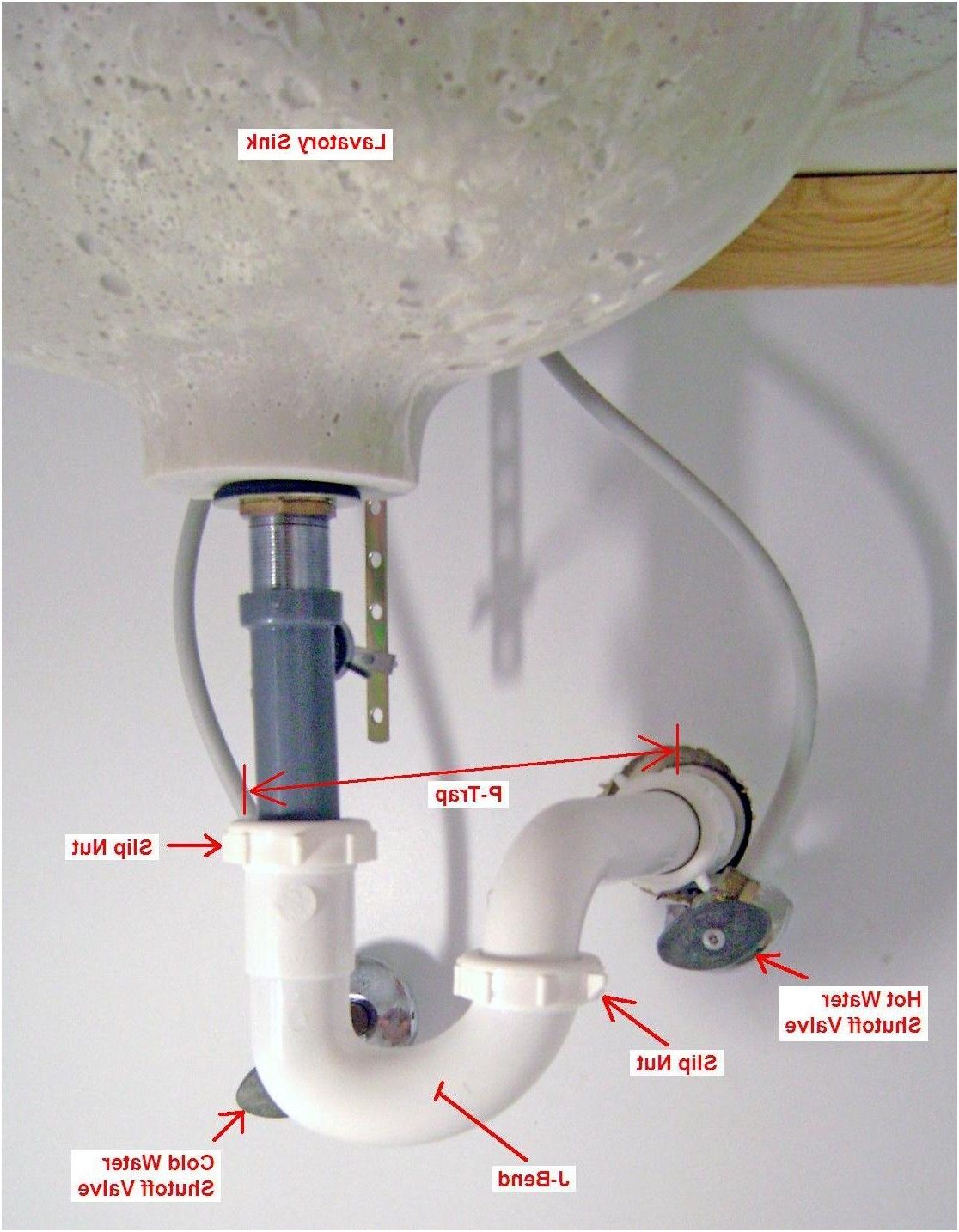

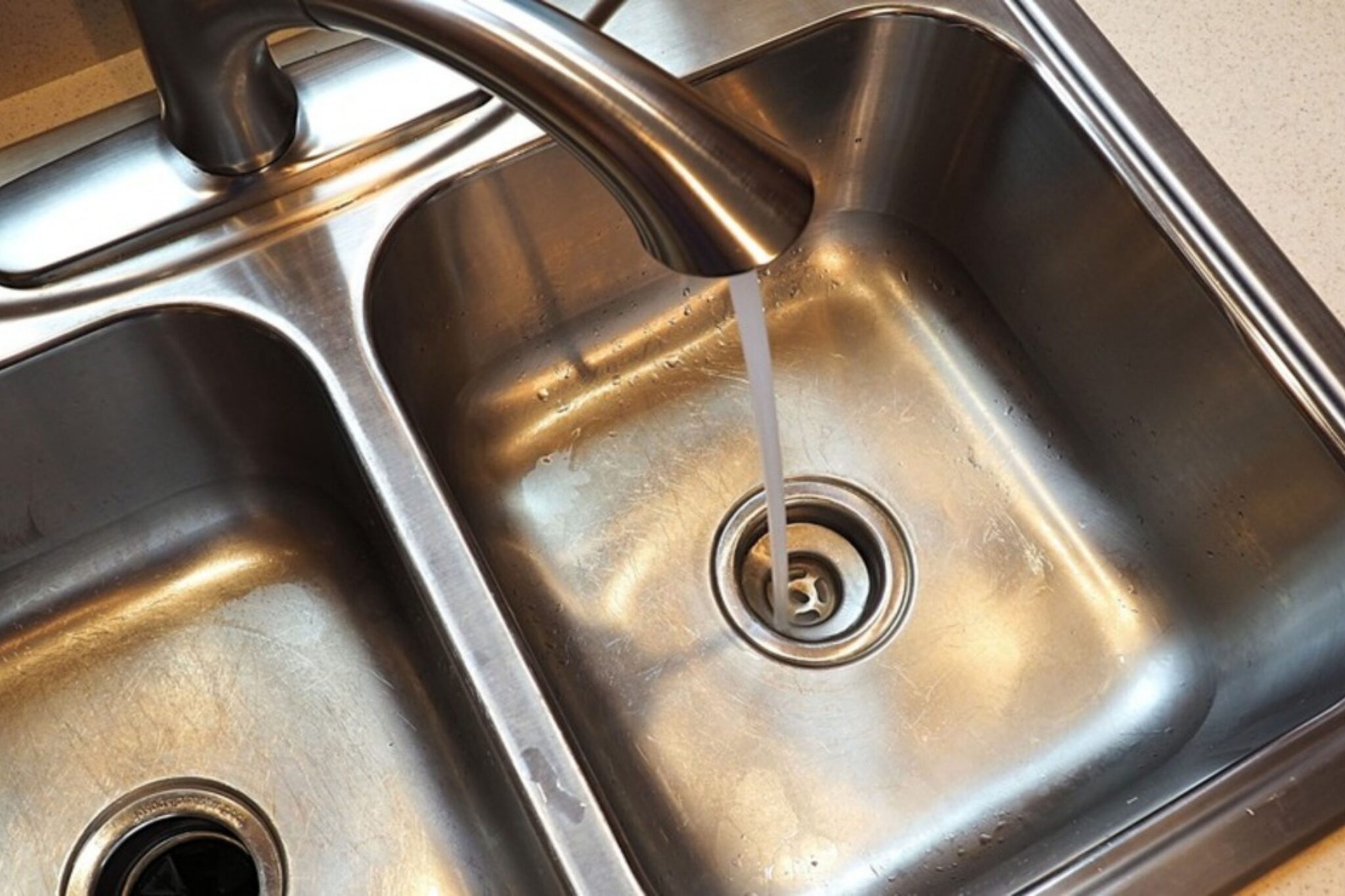





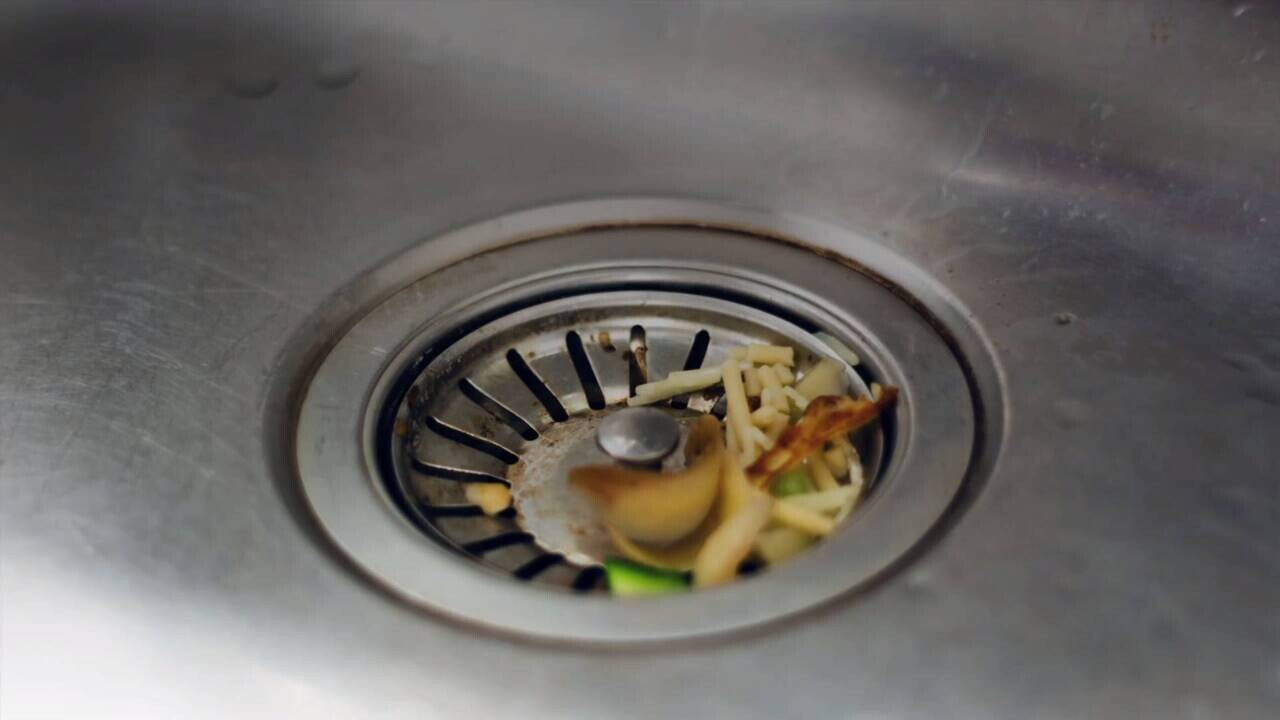







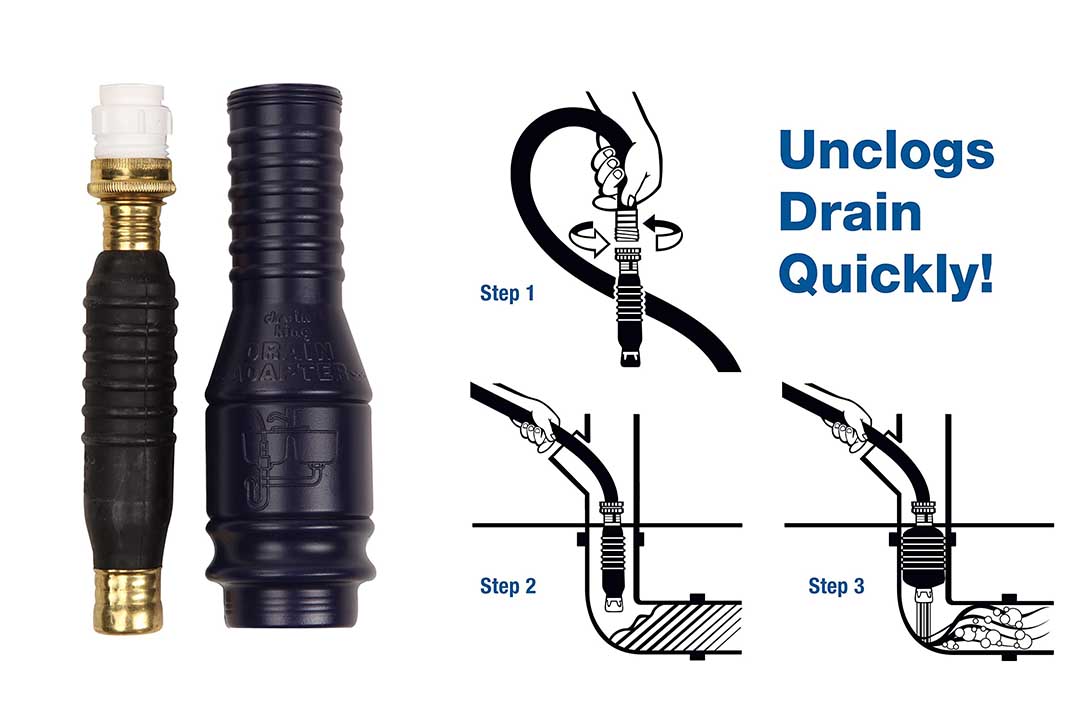


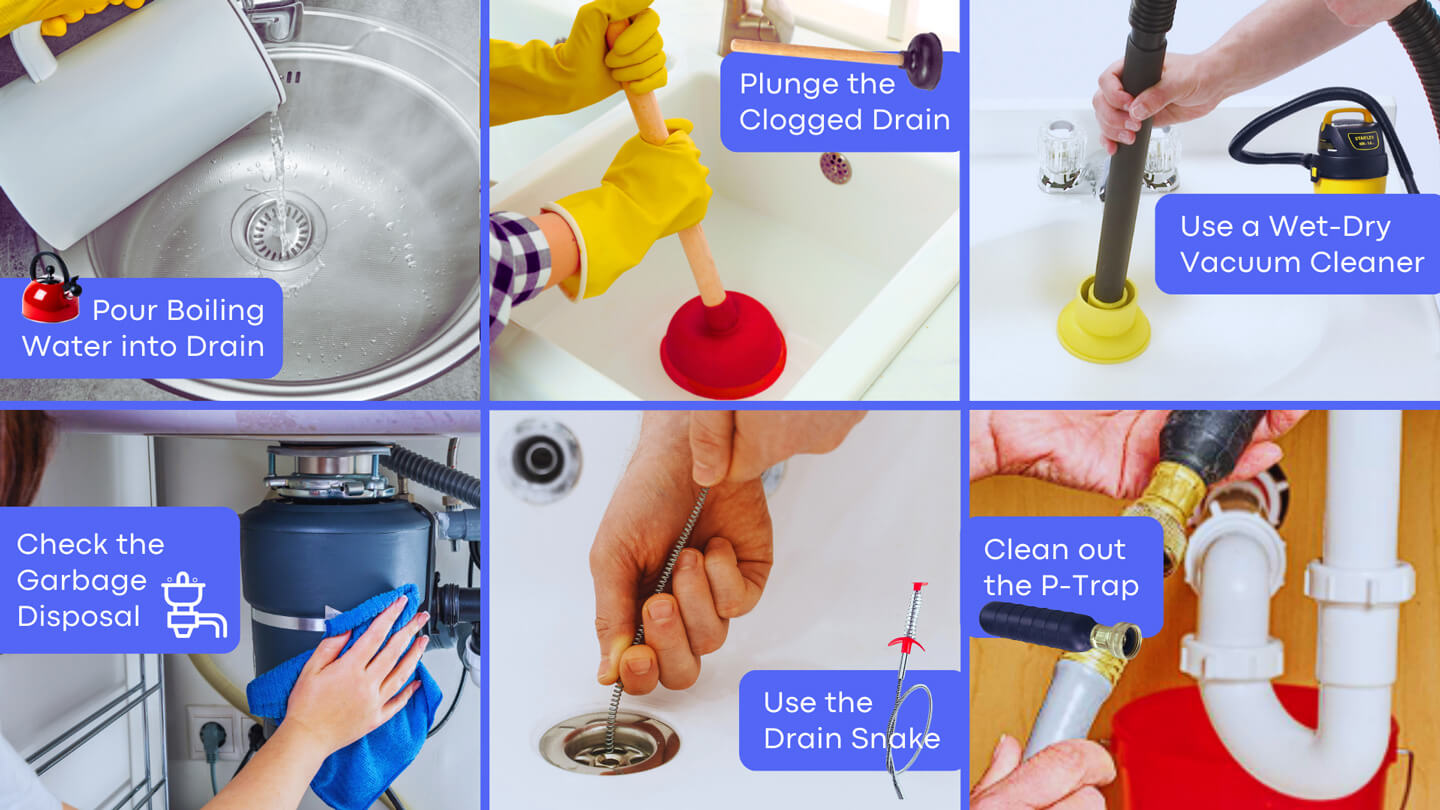
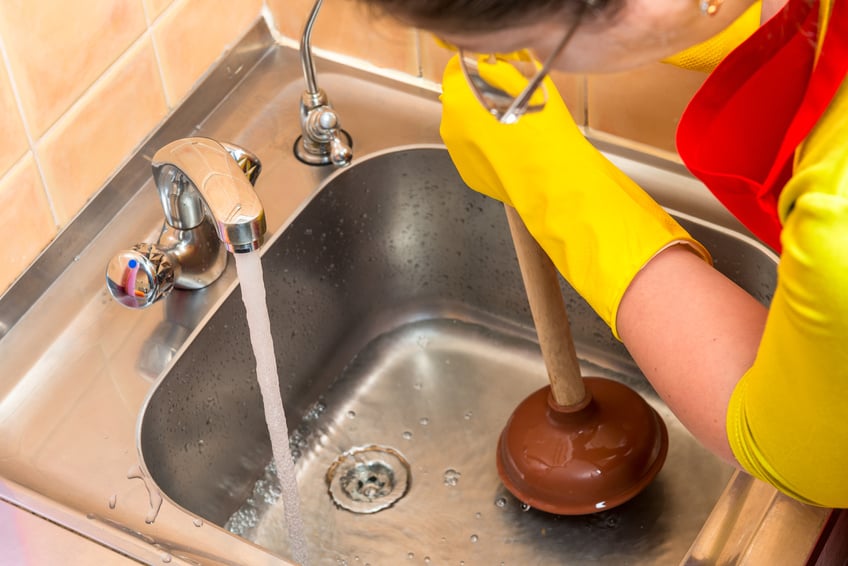

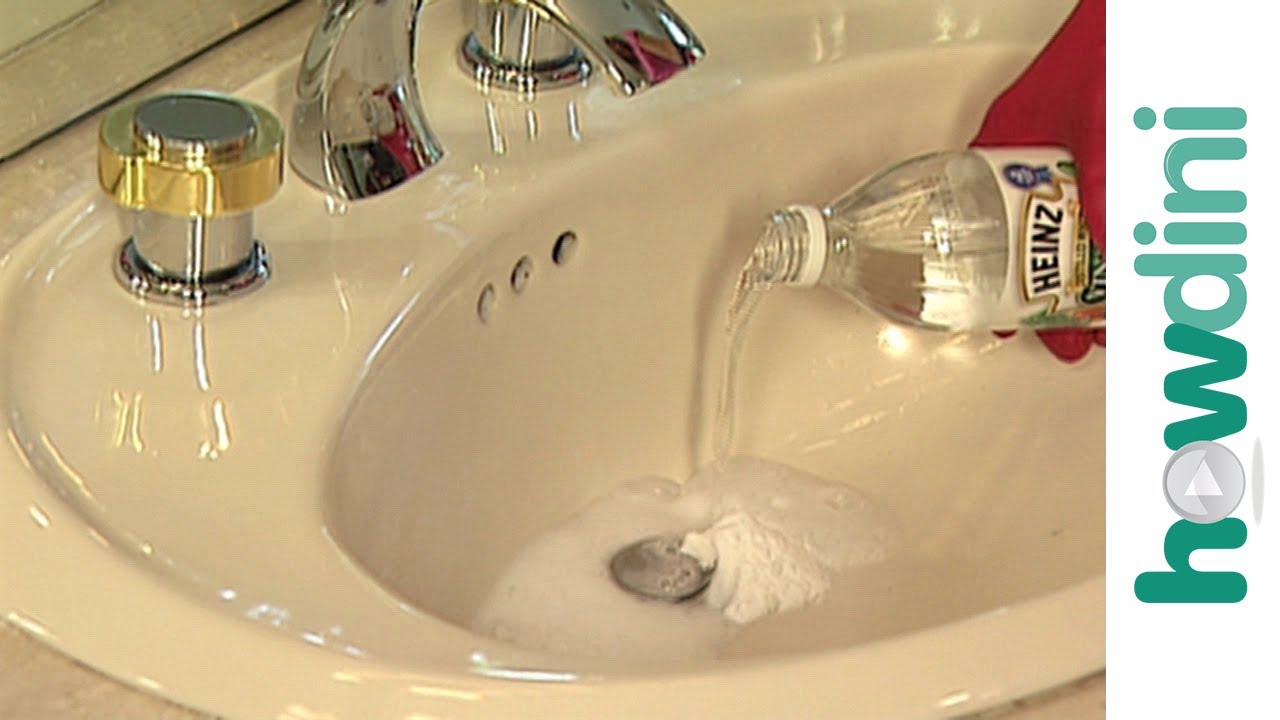



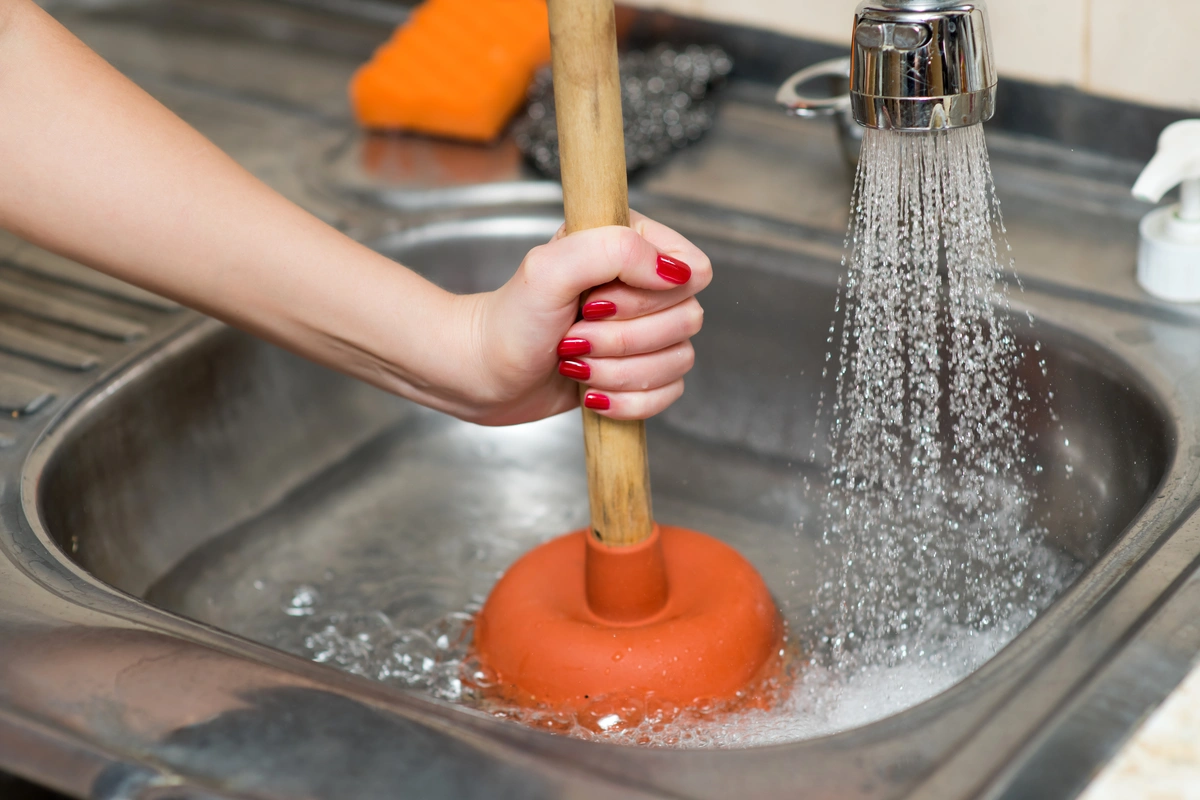


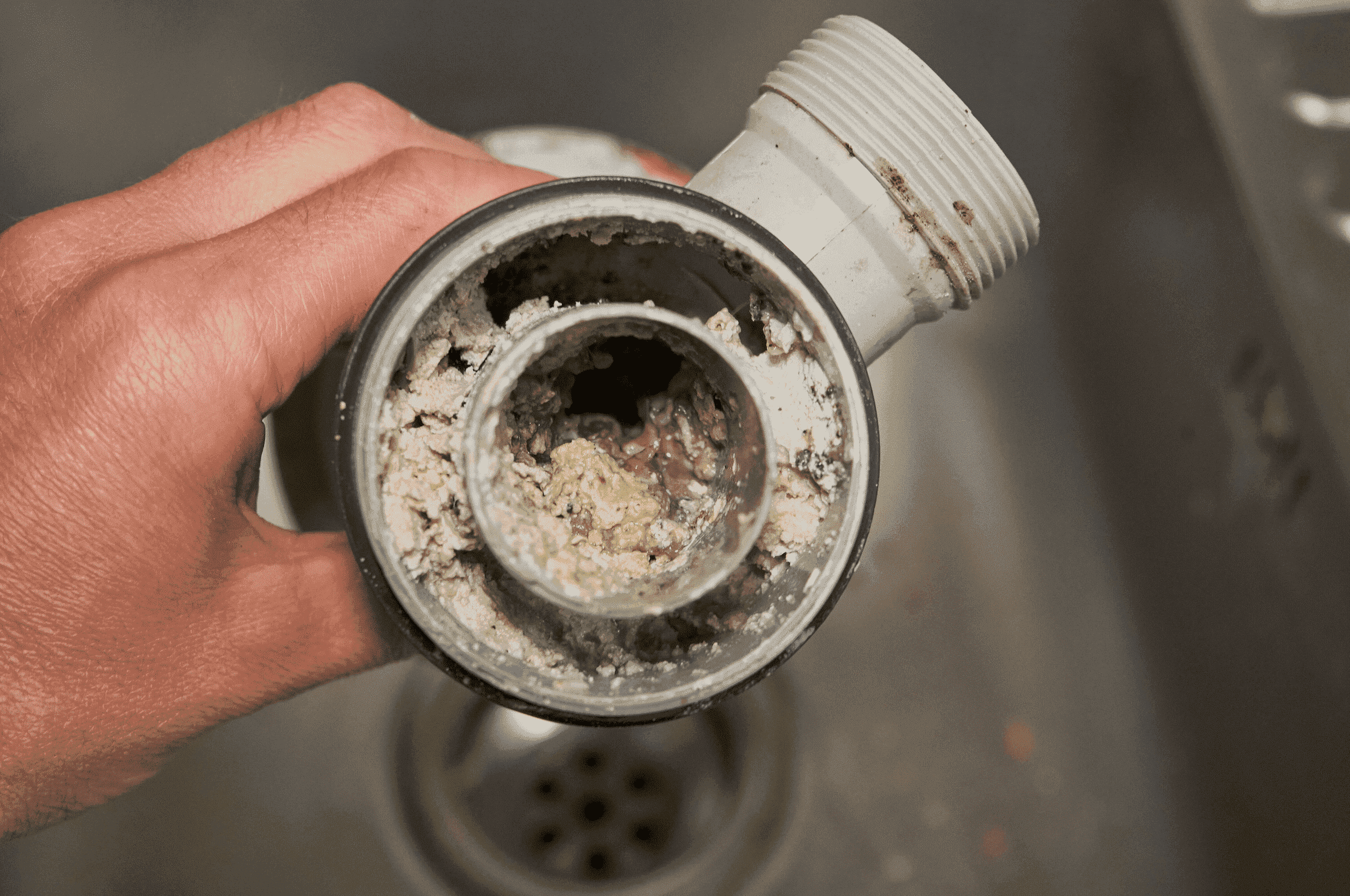

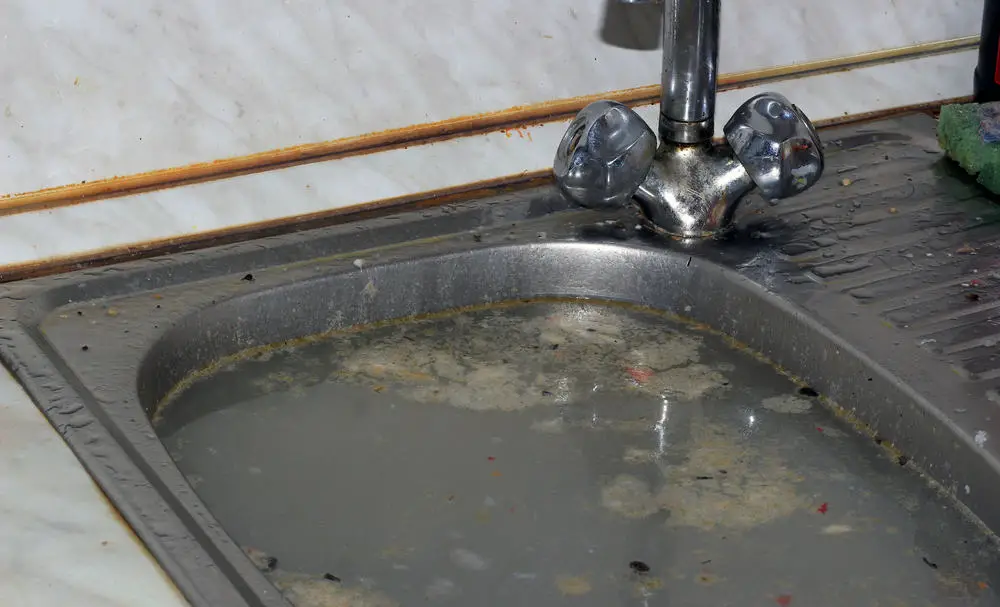




:max_bytes(150000):strip_icc()/freshen-and-unclog-drain-with-baking-soda-1900466-22-bbf940b70afa4d5abef0c54da23b1d3f.jpg)
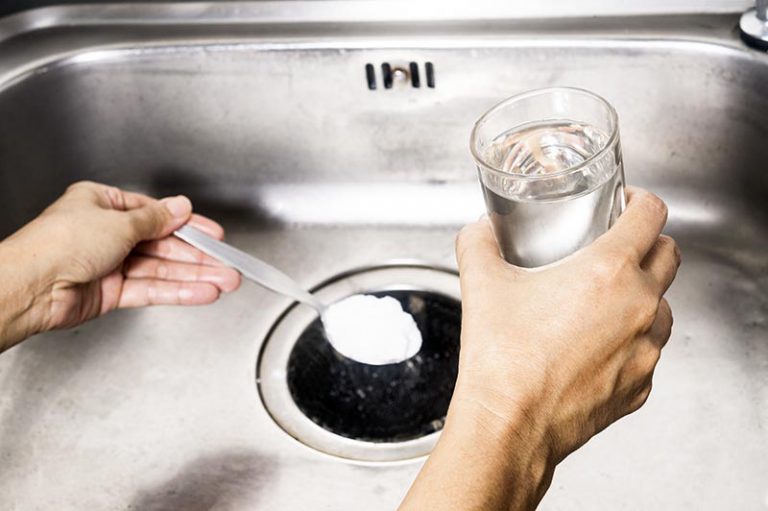
:max_bytes(150000):strip_icc()/freshen-and-unclog-drain-with-baking-soda-1900466-18-1a5b5da01939471ca8f8823865bd1ce8.jpg)
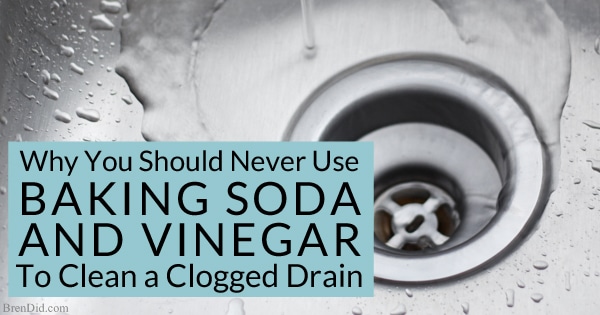
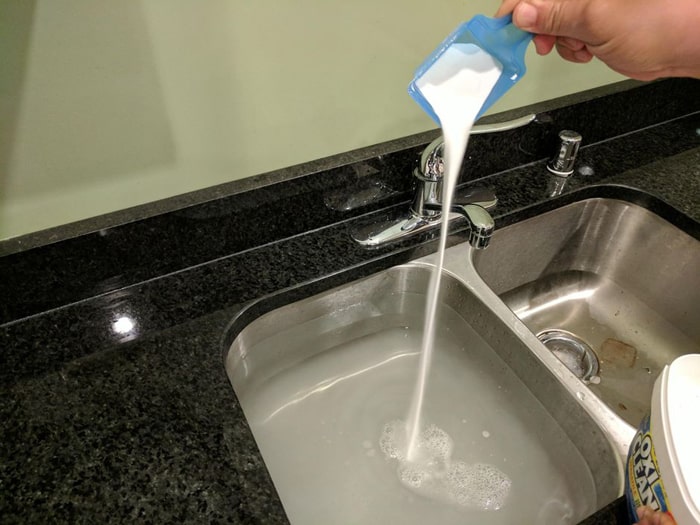
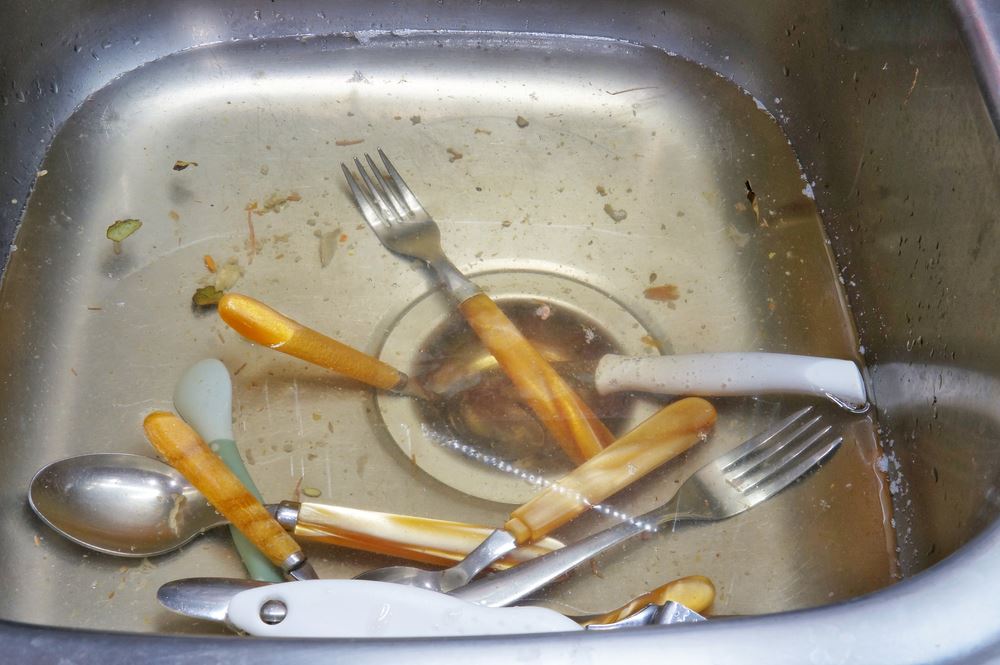





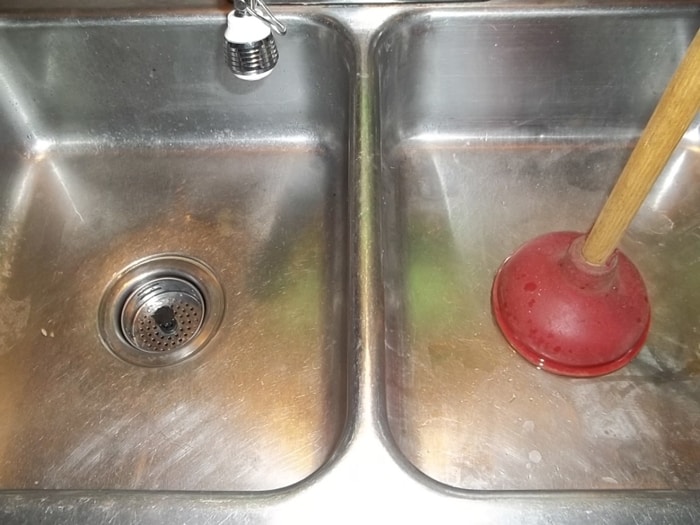


:max_bytes(150000):strip_icc()/how-to-unclog-a-kitchen-sink-2718799_sketch_FINAL-8c5caa805a69493ab22dfb537c72a1b7.png)

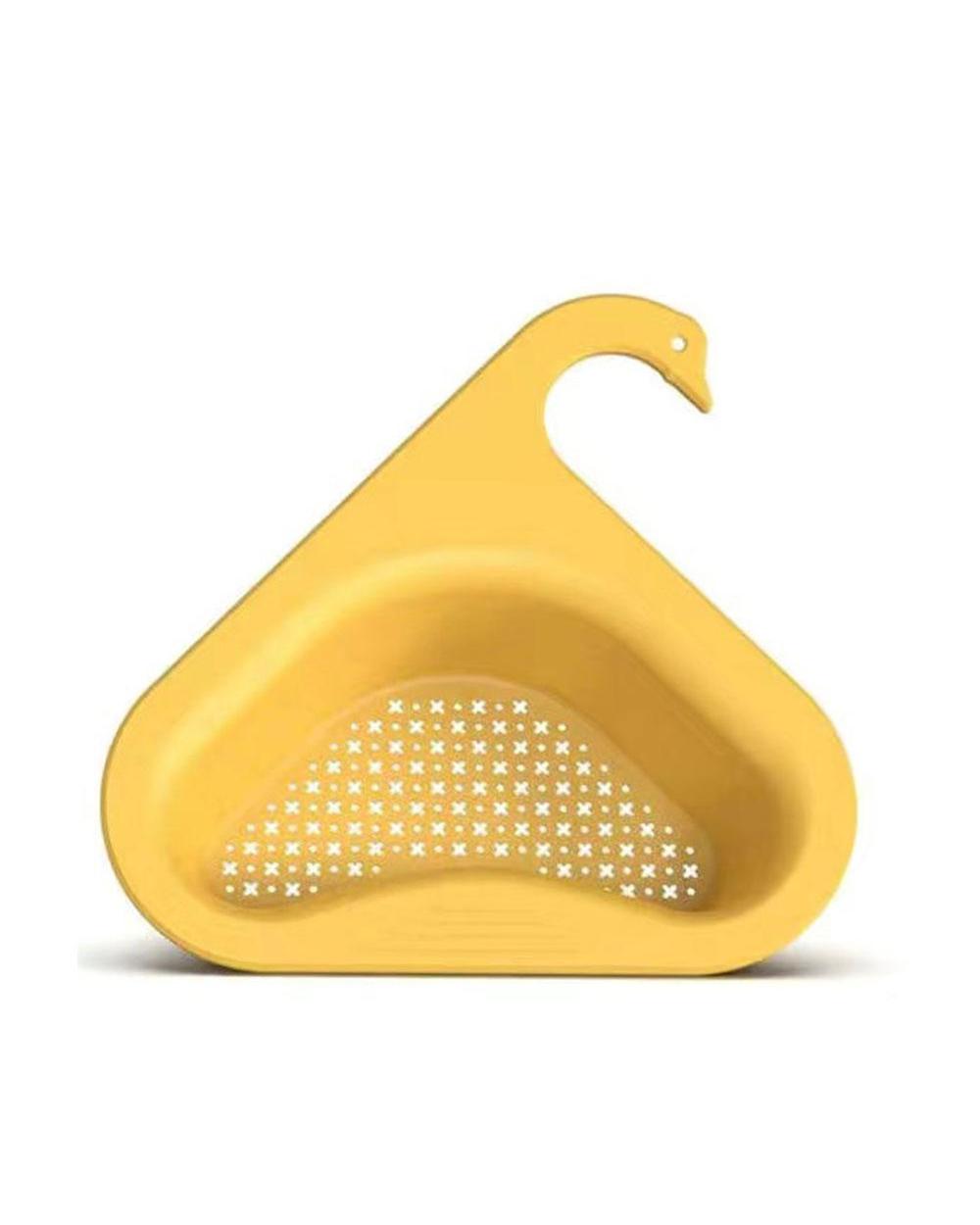

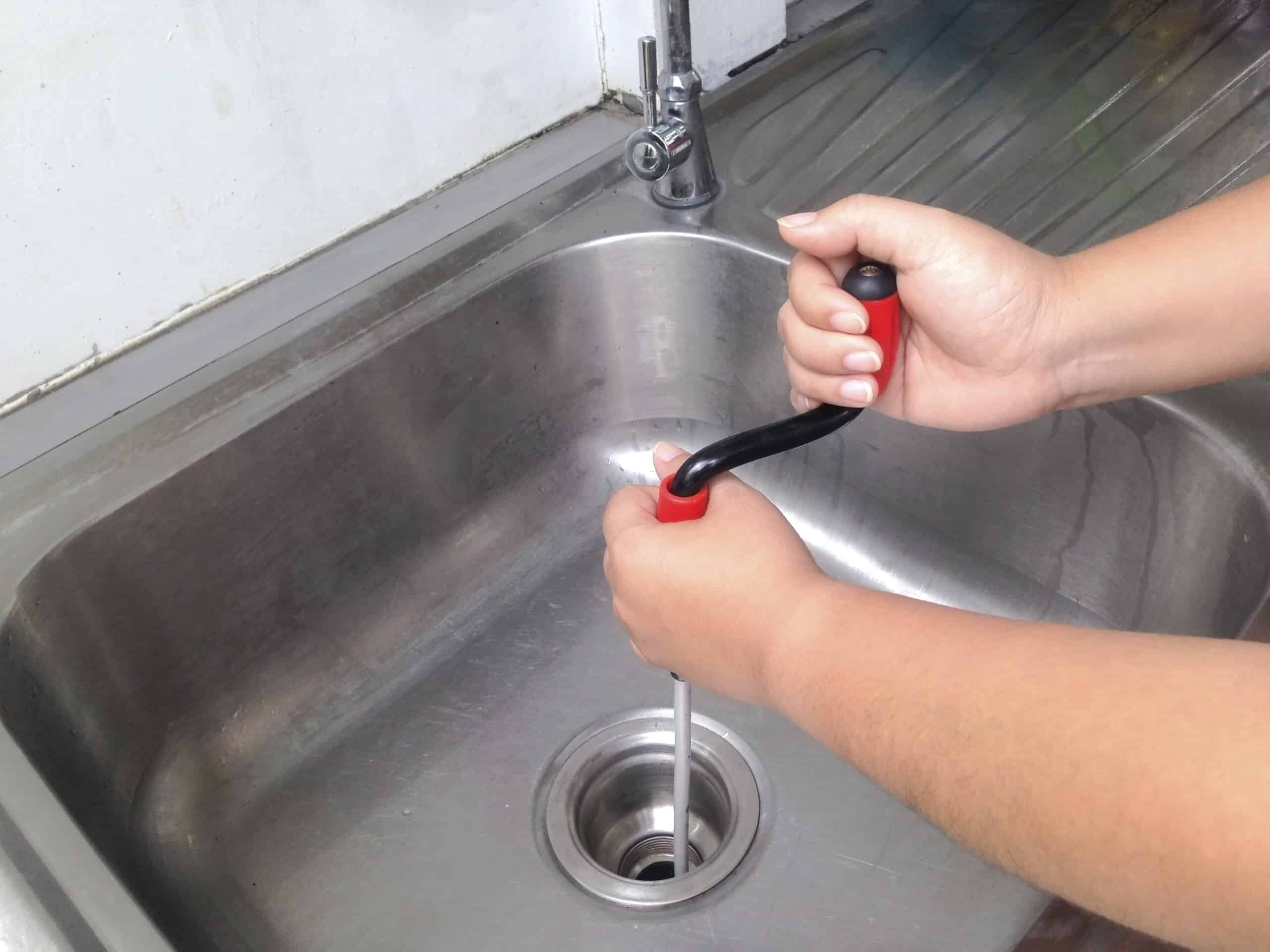




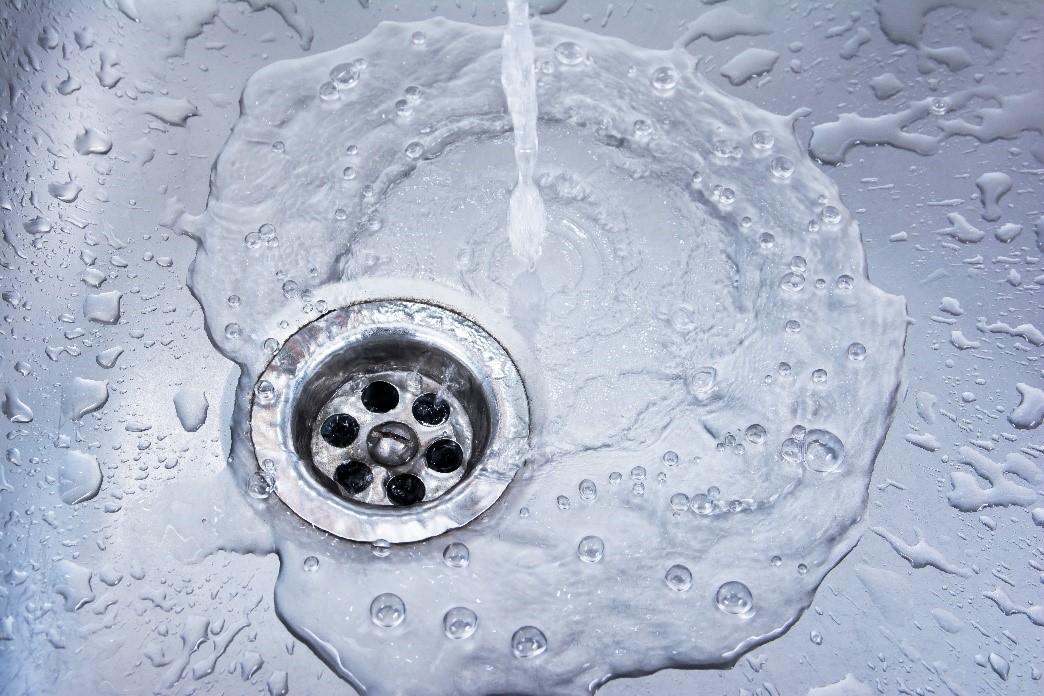





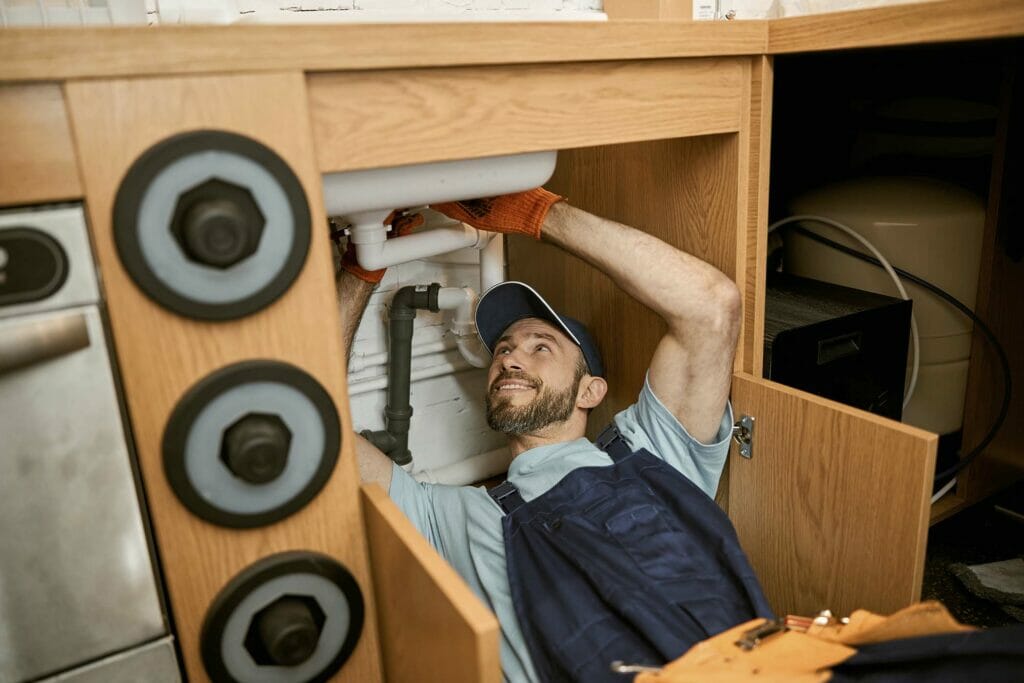

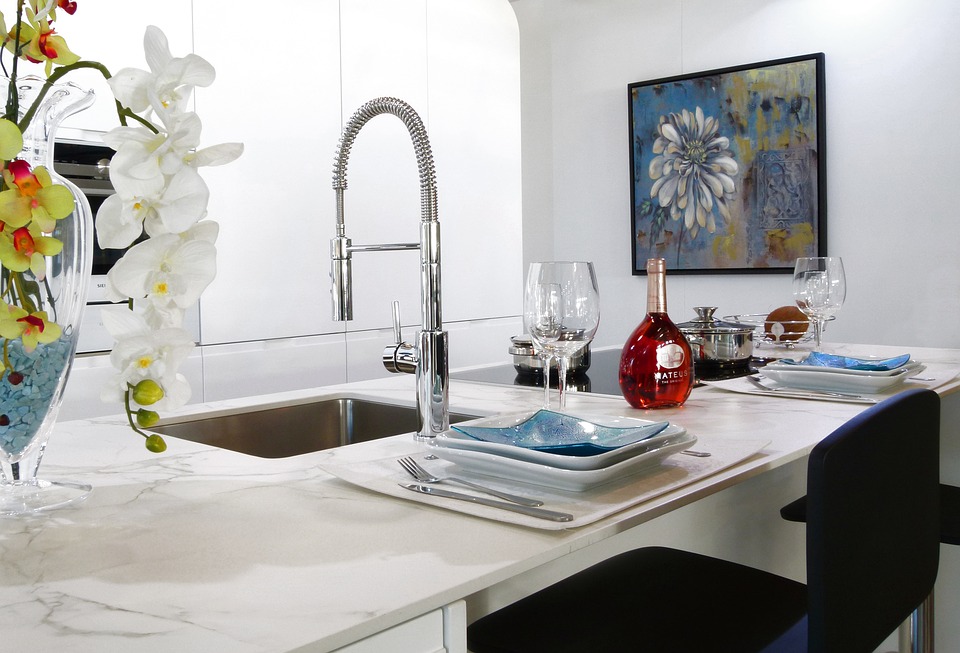


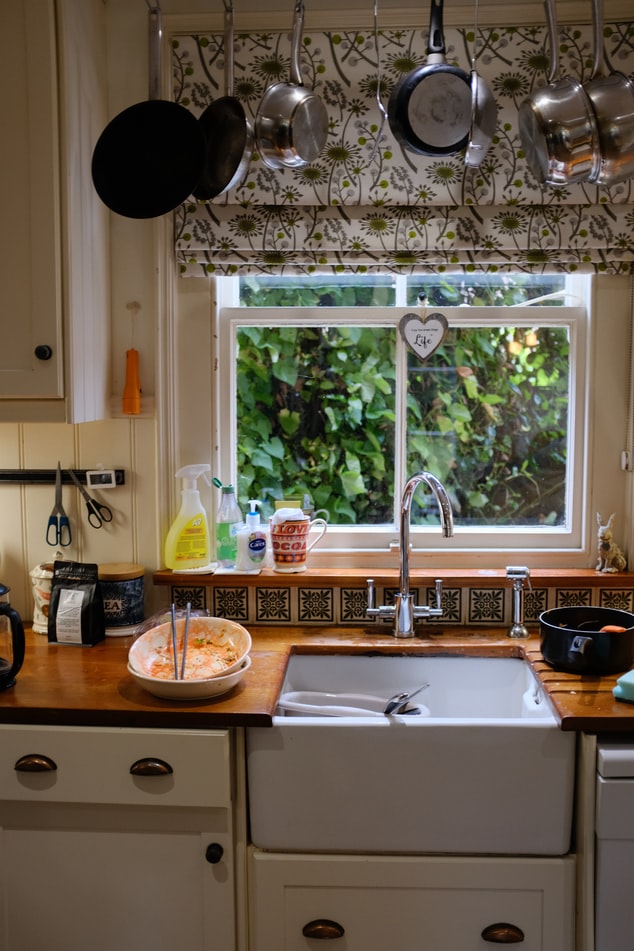

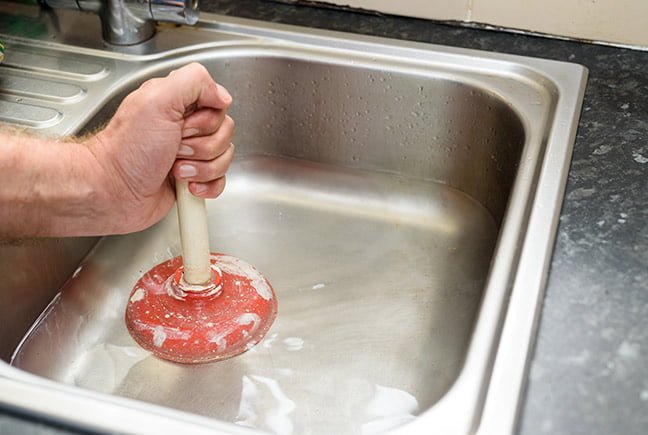

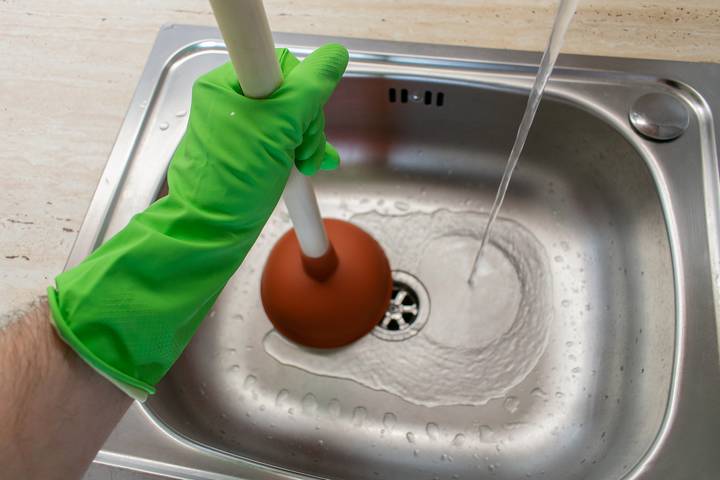
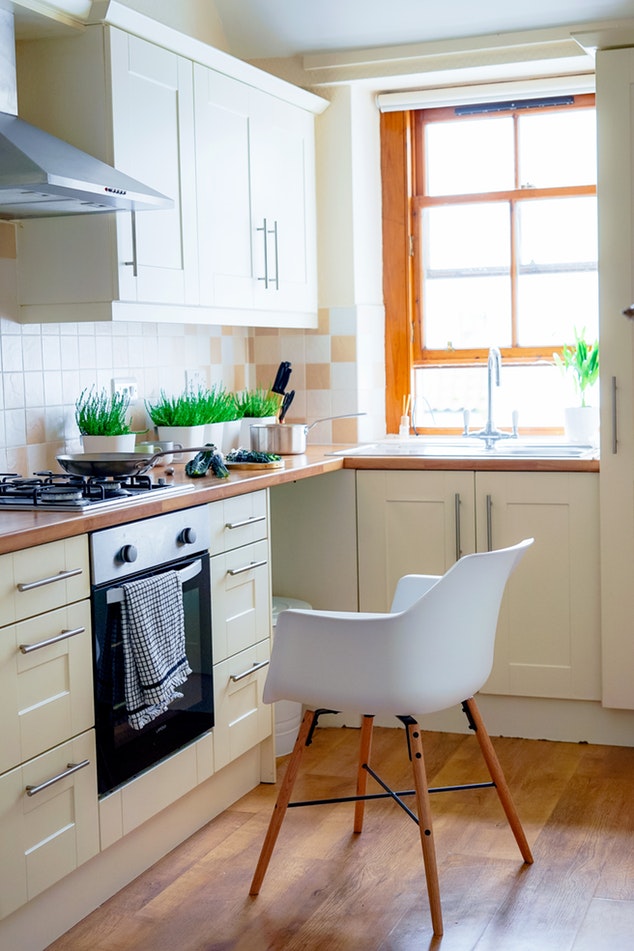


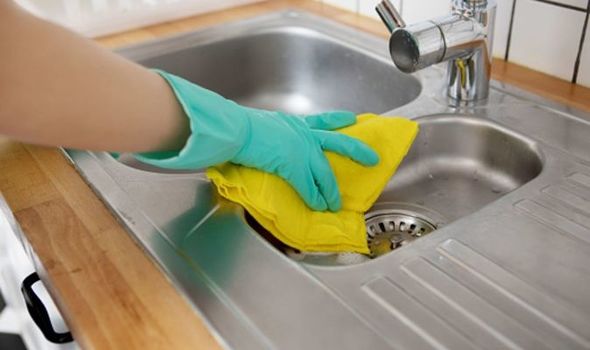



/sink-drain-trap-185105402-5797c5f13df78ceb869154b5.jpg)

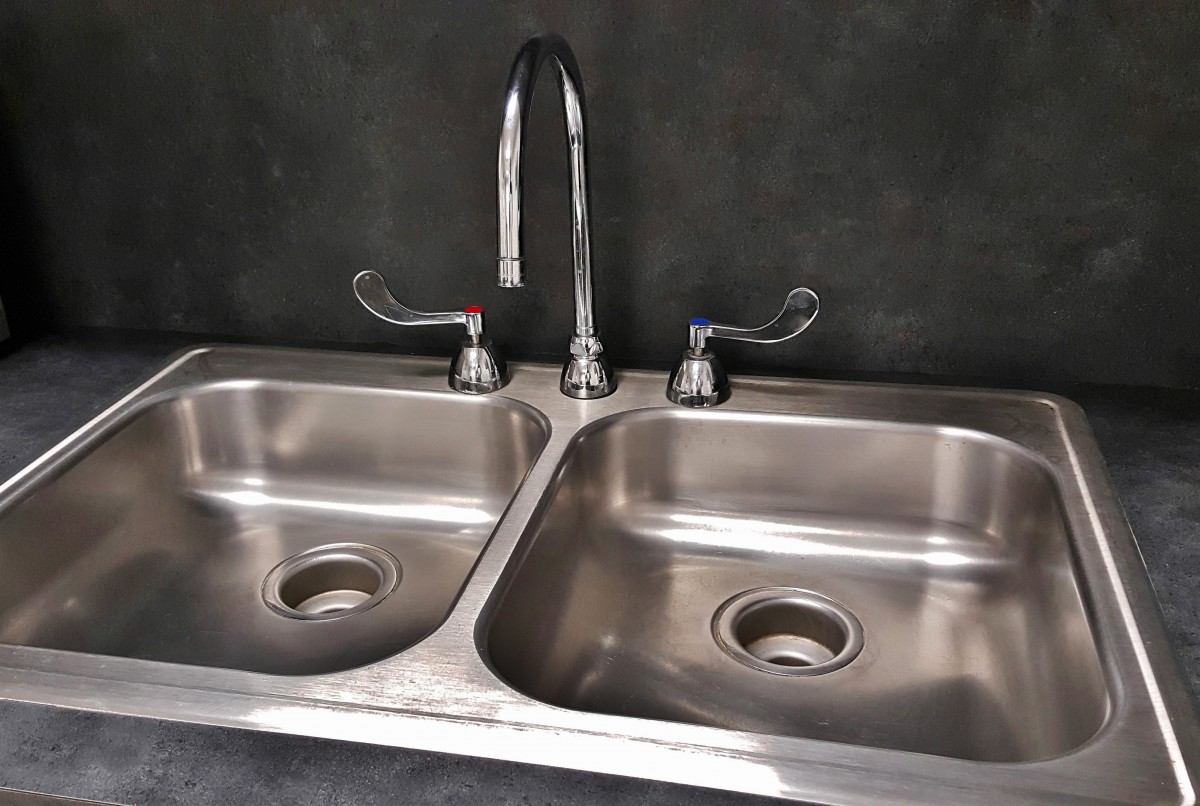



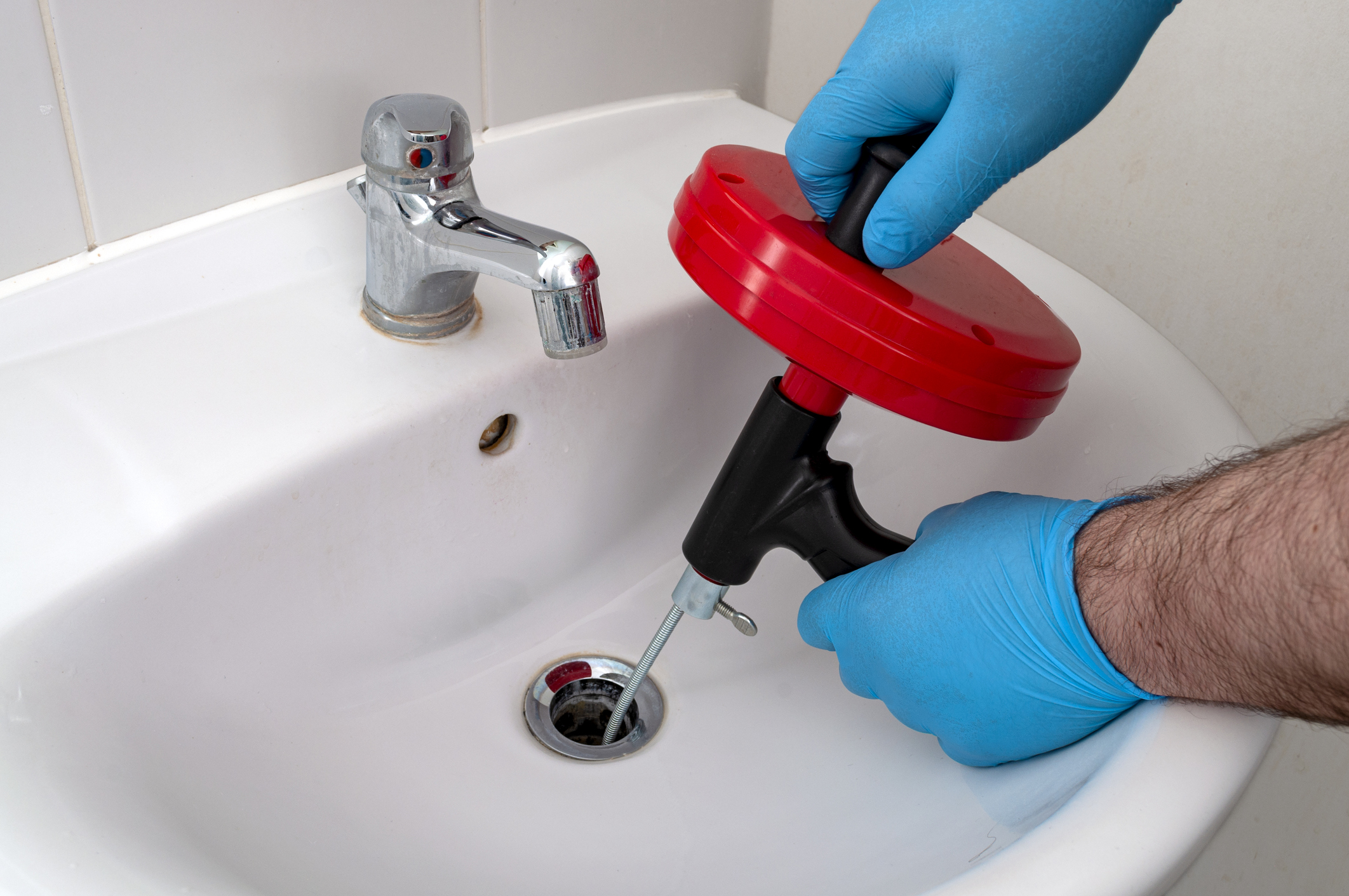



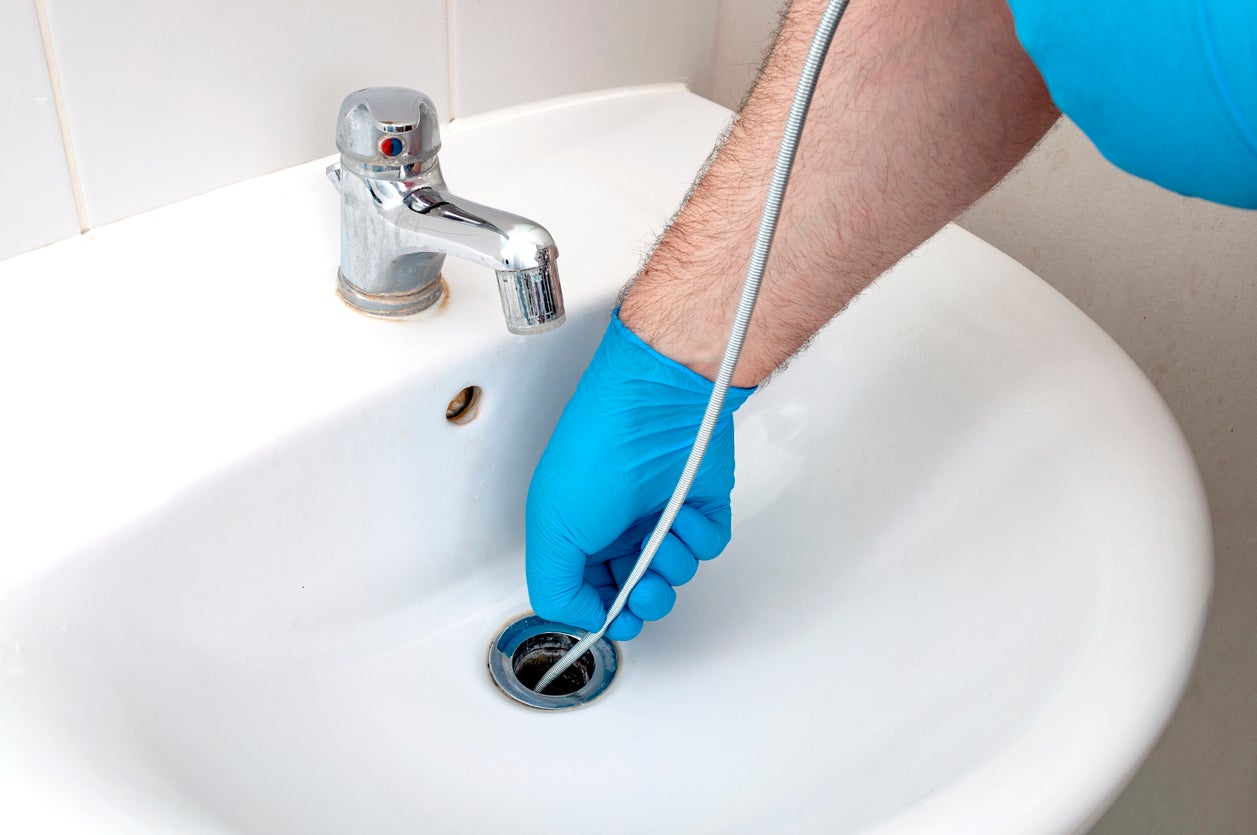
:max_bytes(150000):strip_icc()/how-to-use-a-sink-auger-1825090-hero-70d39960647643819dbb4c1f3a05e929.jpg)






